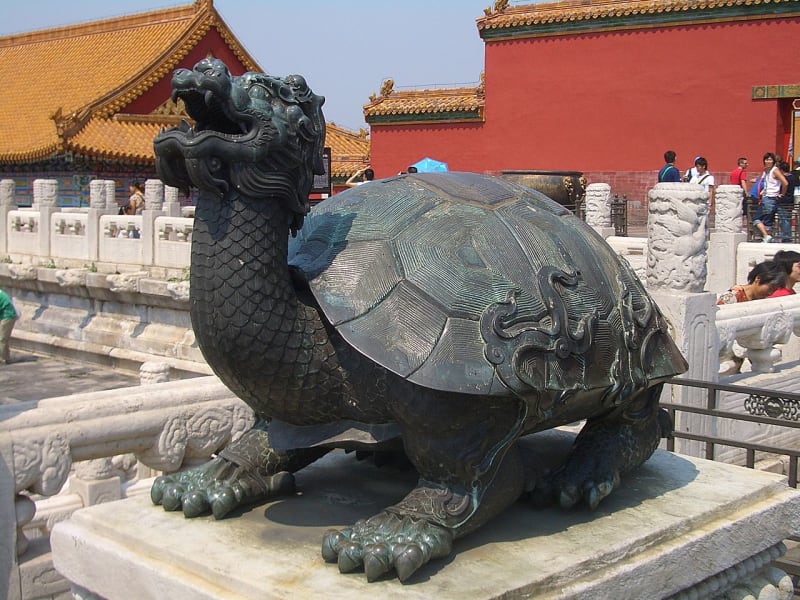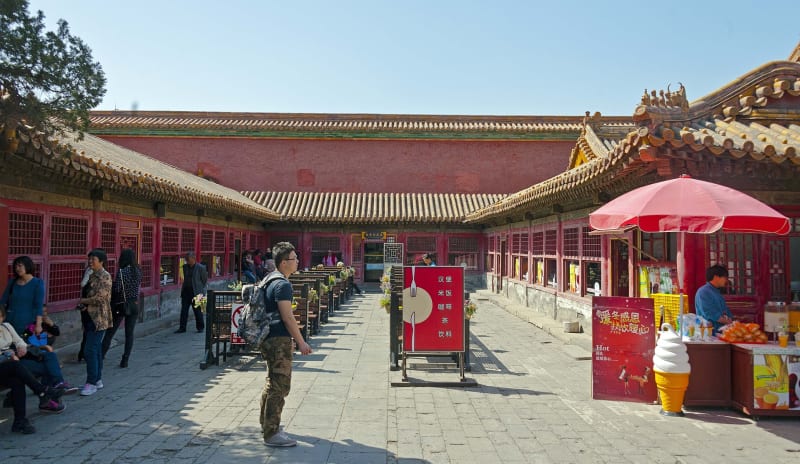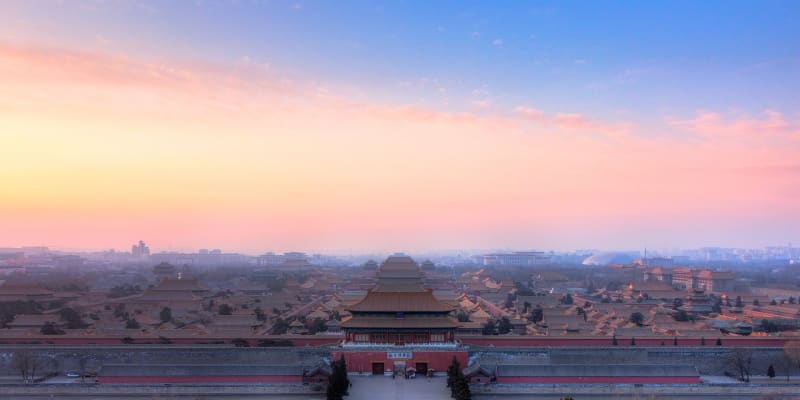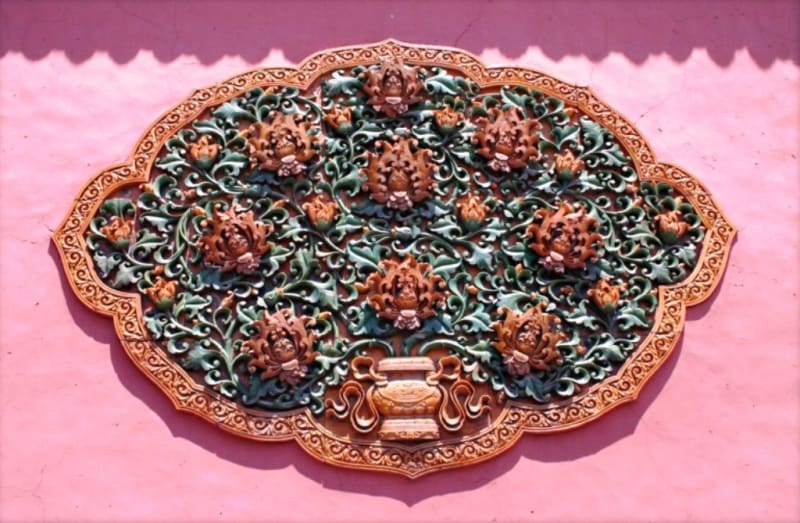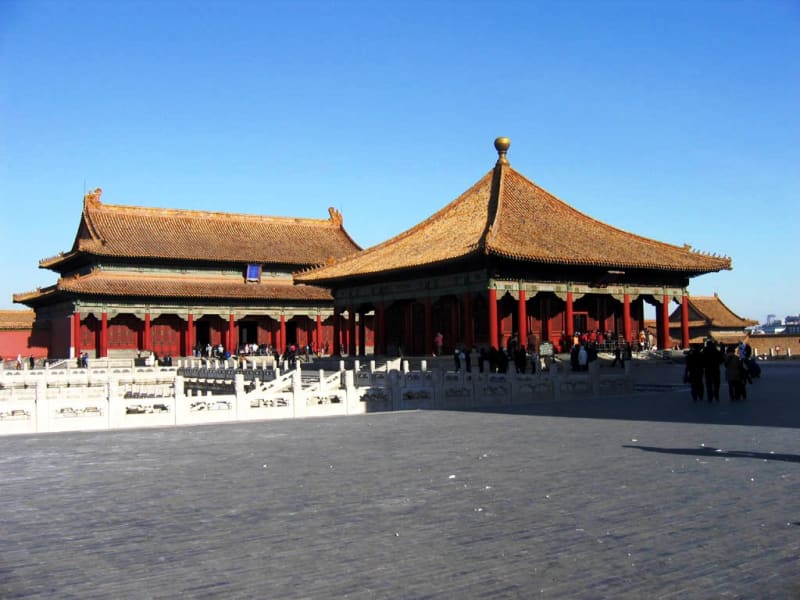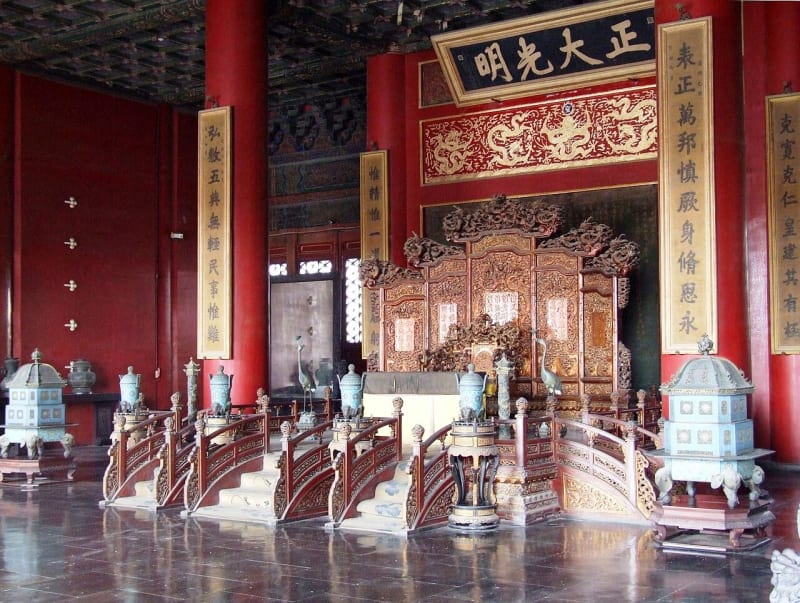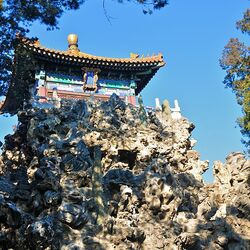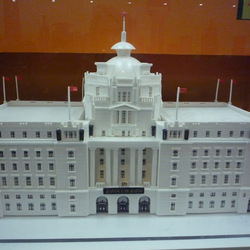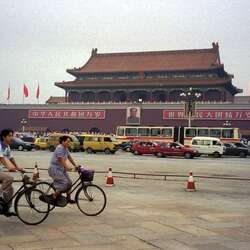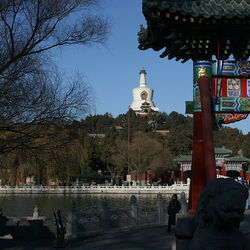Gugun Museum
The Gugong Museum or "Purple Forbidden City" is a palace quarter in the center of Beijing. For a long time it served as the residence of the dynasty of emperors. Historians claim that 24 emperors of the Ming and Qing dynasties ruled from here. The Forbidden City was the first Chinese site to be listed by UNESCO as a World Heritage Site. It is officially included by UNESCO among the world's largest collections of preserved ancient wooden buildings.
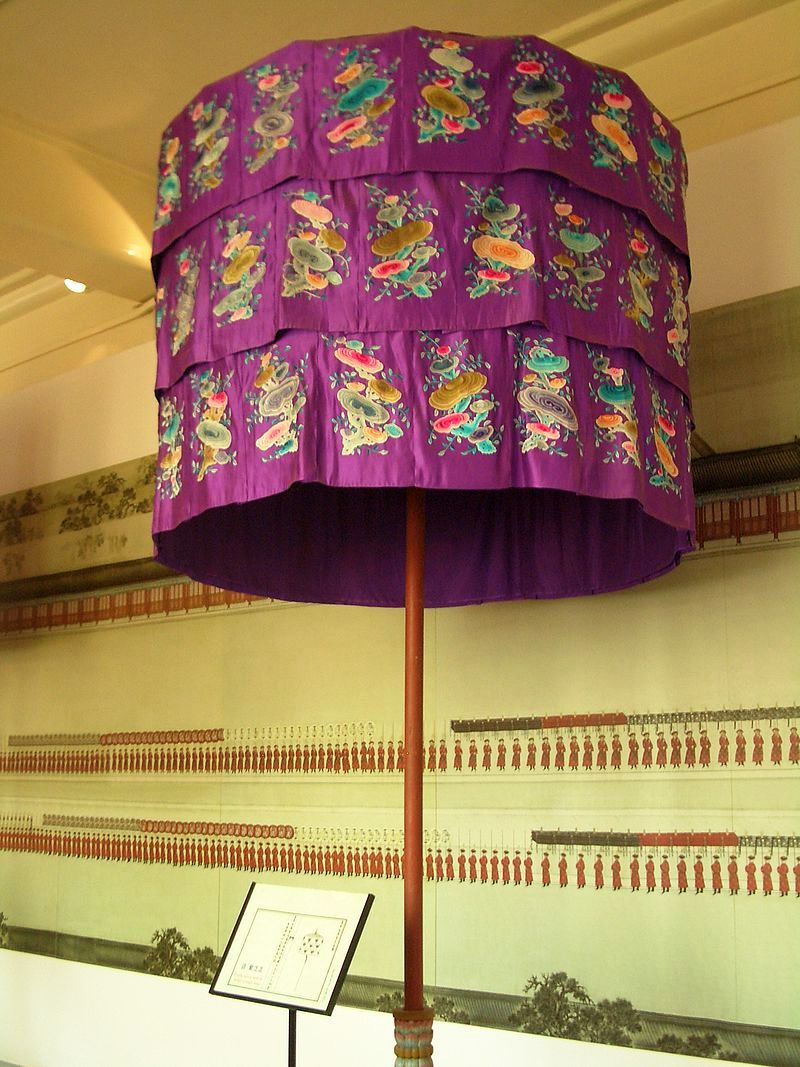
A brief history
The Gugong Museum was built in the early 15th century and is considered one of the best preserved imperial palaces. The Purple Palace got its name for the consonance of two words: in Chinese, the pronunciation of the word "purple" coincides with the name of the North Star. According to legend, 9,999. 5 rooms were created in the complex. The Emperor wanted to build a palace like the Jade Sovereign's, with 10,000 rooms. By this action, he angered the Deity, and people said that even though the Chinese emperors were Sons of heaven, they should not forget, so the number of rooms in the Gugun Museum was slightly reduced. In fact, there are 8,707 of them in total.
Architecture features
The Gugong Museum is a kind of system of various signs, it is the semantic center not only of Beijing, but of the whole of China. If you look at the museum from above, without excluding the city gate, you will get the hieroglyph "the middle". This symbol is important in Chinese philosophy. The Purple Palace is an example of traditional Chinese architecture. Many architects and architects worked on its plan, and more than one hundred thousand craftsmen worked on making it a reality. For example, the columns of the most important halls of the Gugun Museum were carved from solid logs of the "Chinese laurel". And the floors were decorated with "golden bricks". It took months to make each batch, and a metallic clink could be heard when hitting a brick.
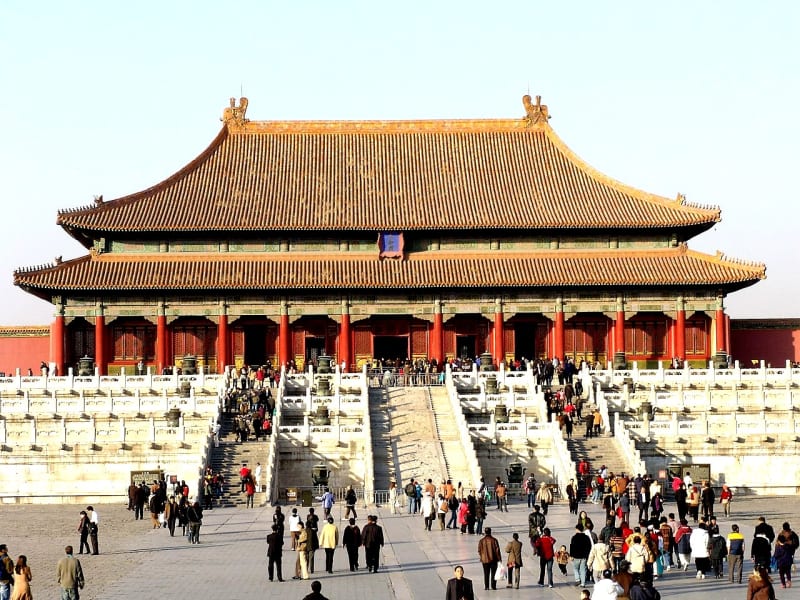
Gugun Museum Attractions
The Hall of Supreme Harmony is the ceremonial center of imperial power. A caisson decorated with a dragon is mounted in the ceiling, from the mouth of which chandeliers in the form of metal balls are erupting, it is called the "Suanyang Mirror". The size of the hall is amazing
Ancestral worship hall. In the old days, it was used to store sacrifices to deceased ancestors and to pay homage to them. Nowadays, there is a collection of watches here. It includes 185 watches from the imperial collection, as well as foreign exhibits.
The Wall of Nine dragons. According to legend, the dragon was a deity and possessed absolute power. For a long time, he was the mascot of China. The wall is 29.4 m long, with 9 dragons depicted on it. The central one is yellow and symbolizes imperial power. The role of the wall is to ward off evil spirits from the entrance to the Palace of Serenity and Longevity.
Jadeite cabbage, made from a single piece of jadeite, all the flaws and defects were used by the master to make the stone 100% similar to Peking cabbage.
